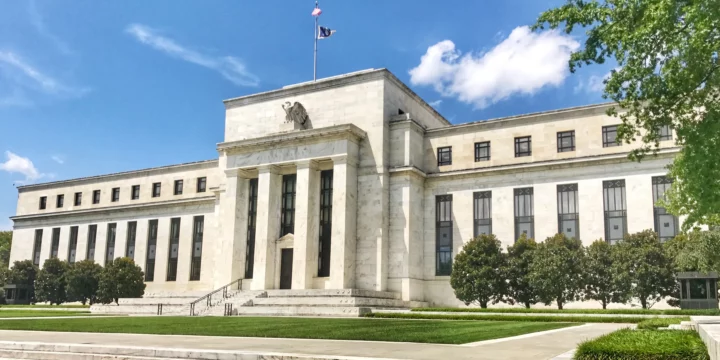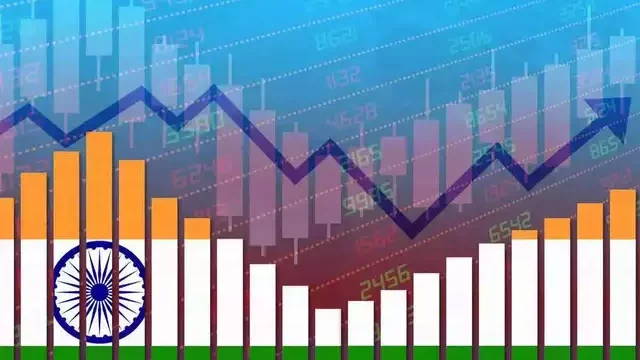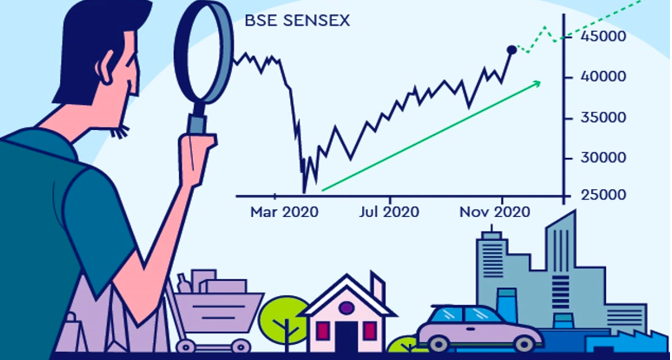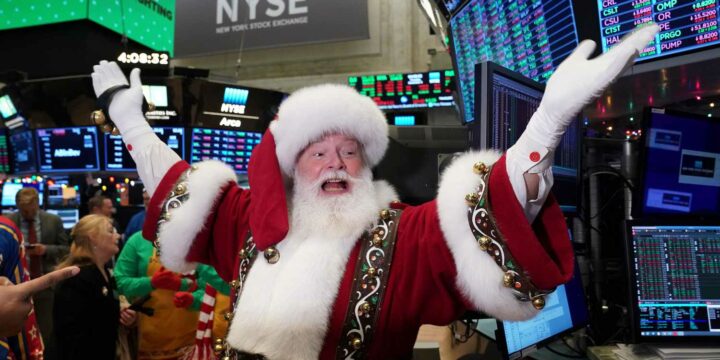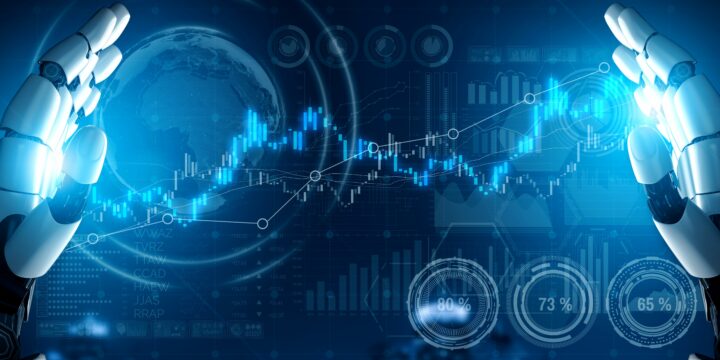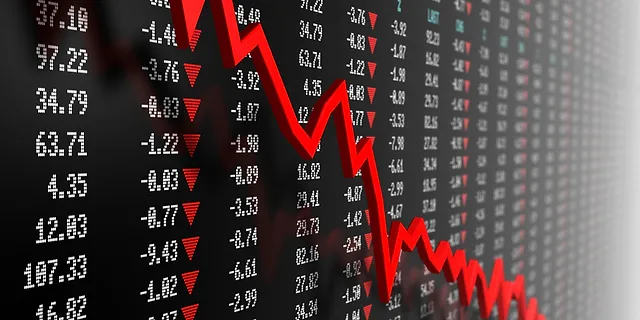
The challenge of Tod’s: The new PTO
Tod’s is attempting to re-enter the market with a second public tender offer (PTO) after the failure of the first attempt in 2022, with a price per share of €40.00, not reaching the threshold set at 90%, forcing the group to withdraw the offer. The Della Valle brothers, Diego and Andrea, try again, supported by the private equity fund, L Catterton, participated by LVMH, on a percentage of 36% of Tod’s share’s, with the intention of obtaining delisting. The consequence of delisting is that the company will no longer be listed on Borsa Italiana S.p.A. and Tod’s ordinary shares will no longer be publicly traded on the Euronext Milan (EXM) segment. This move by Tod’s is not an isolated case, but rather, represents a trend of many companies showing this…


